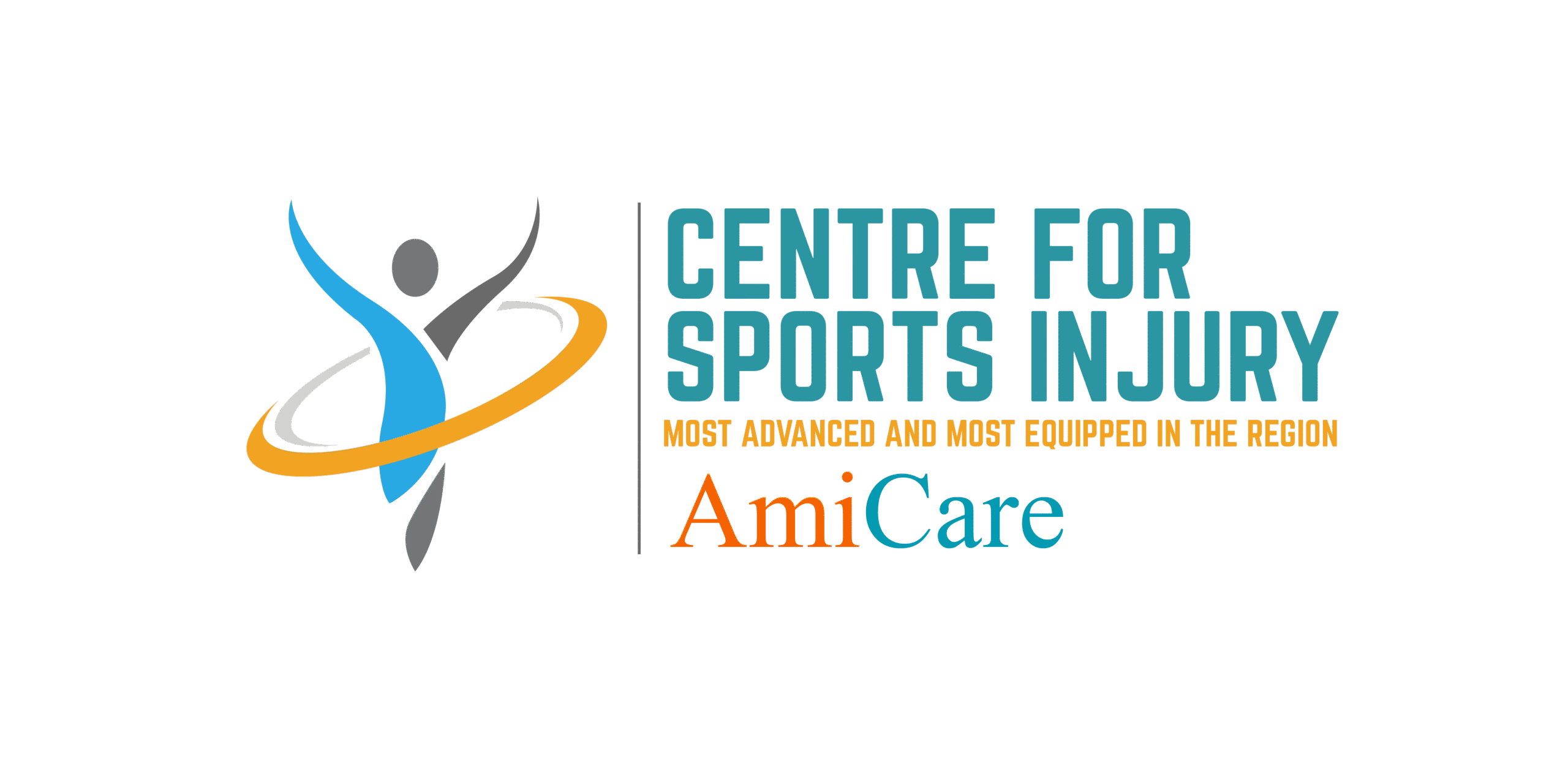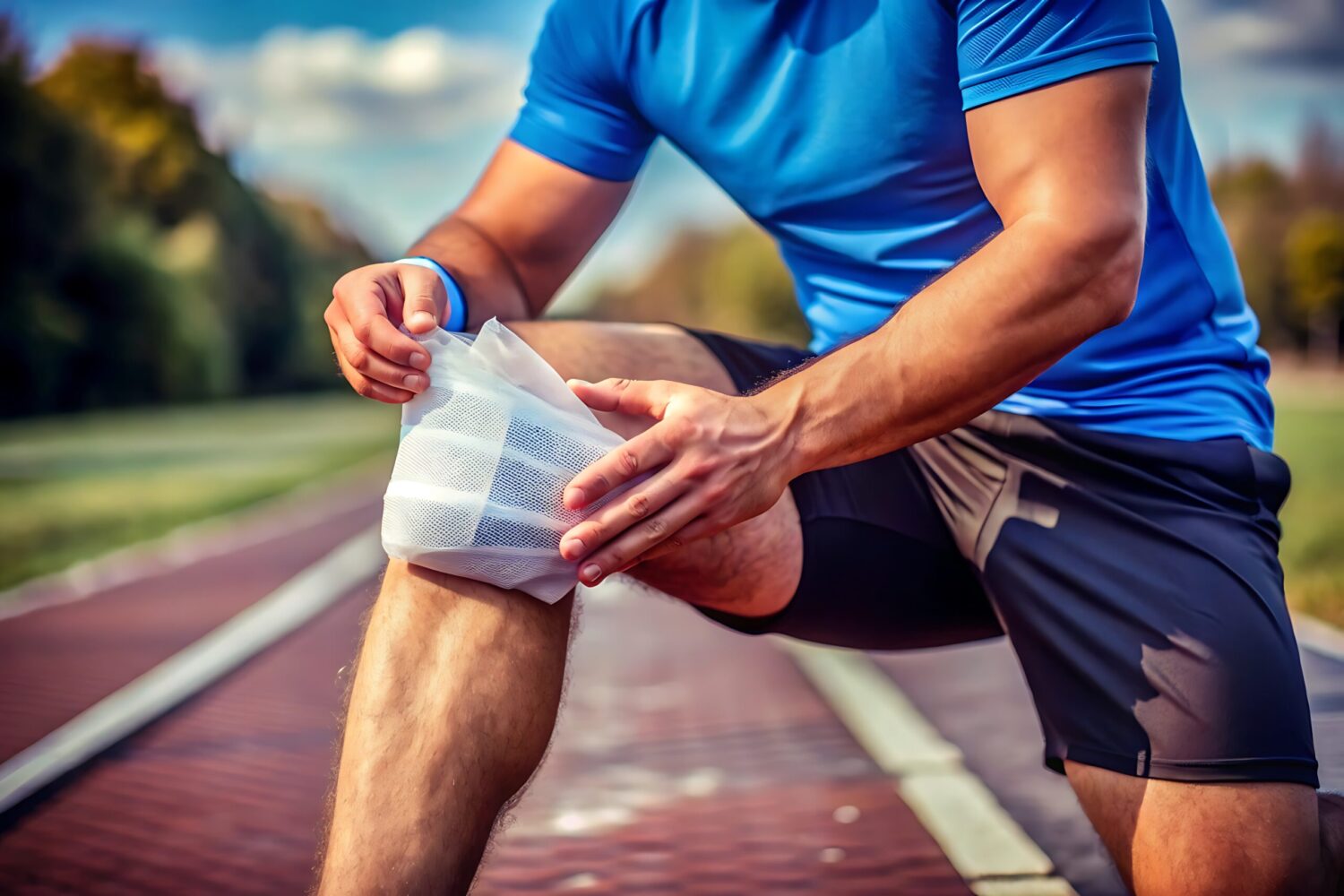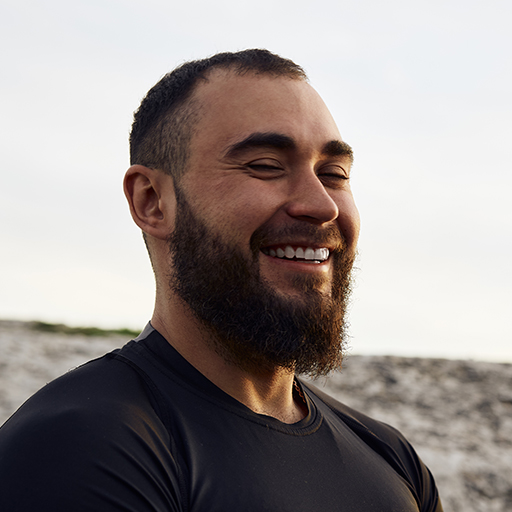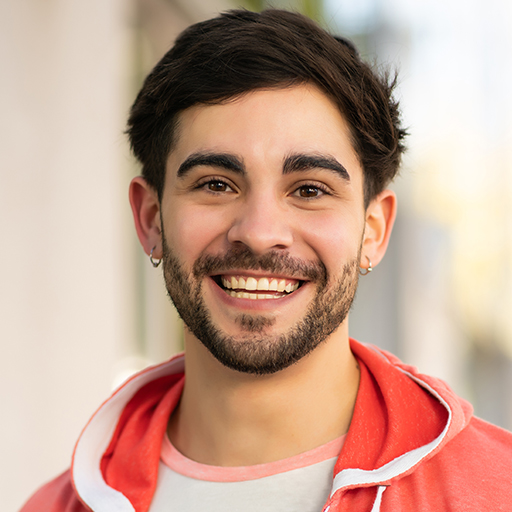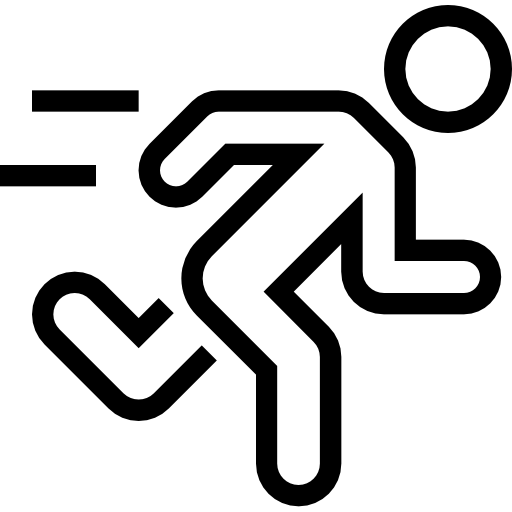Runner’s Knee / Patellofemoral Pain Syndrome
Runner’s Knee Treatment in Ghaziabad – Best Care at Amicare Hospital
If you’re experiencing consistent knee pain after running or climbing stairs, you might be dealing with runner’s knee—a condition medically known as patellofemoral pain syndrome. At Amicare Hospital, we provide advanced and personalized runner’s knee treatment in Ghaziabad, helping athletes, fitness lovers, and active individuals regain full knee function with minimal downtime. Led by Dr. Himanshu Gupta, an orthopedic expert with over 10 years of experience and training from Germany, Singapore, and Japan, our team has performed over 1000 knee treatments with a 95% success rate. Using advanced technology and customized care plans, Amicare stands as the best sports injury centre for addressing runner’s knee symptoms and related issues. Discover why we’re the top choice for this Treatment.
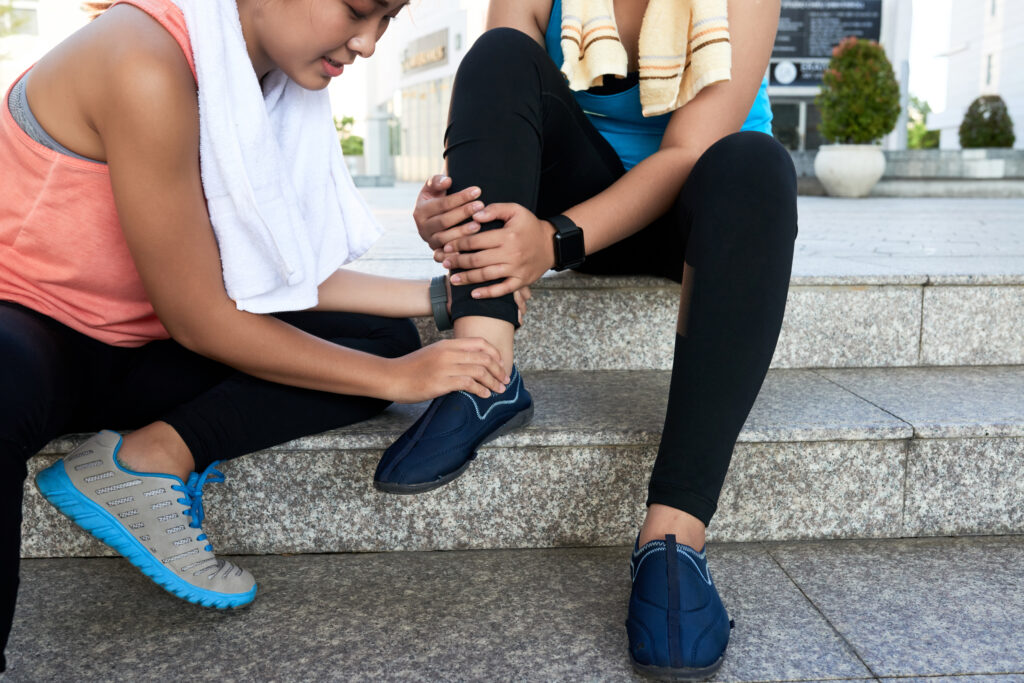
What Is Runner’s Knee?
Runner’s Knee Treatment targets patellofemoral pain syndrome, a condition causing pain around or under the kneecap due to overuse, misalignment, or injury. Often called runner’s knee, it affects runners, athletes, and active people who climb stairs or sit for long periods. At Amicare Hospital, we employ advanced, minimally invasive techniques to reduce discomfort below the knee after running and help restore full knee movement. The American Academy of Orthopaedic Surgeons recognizes this as a common sports injury issue among athletes, particularly those engaged in high-impact activities like running or jumping. Our approach ensures a faster recovery, ideal for individuals keen to resume their active routines.
How It Develops
Runner’s knee arises when the kneecap rubs against the thigh bone due to repetitive motion, weak muscles, or poor running technique. This irritation causes knee pain in runners, which Amicare’s expert team can effectively address.
Benefits of Early Treatment
- Reduced pain and swelling with targeted therapy.
- Better knee alignment for smoother movement.
- Faster return to running or daily routines.
- Prevention of long-term knee issues with early intervention.
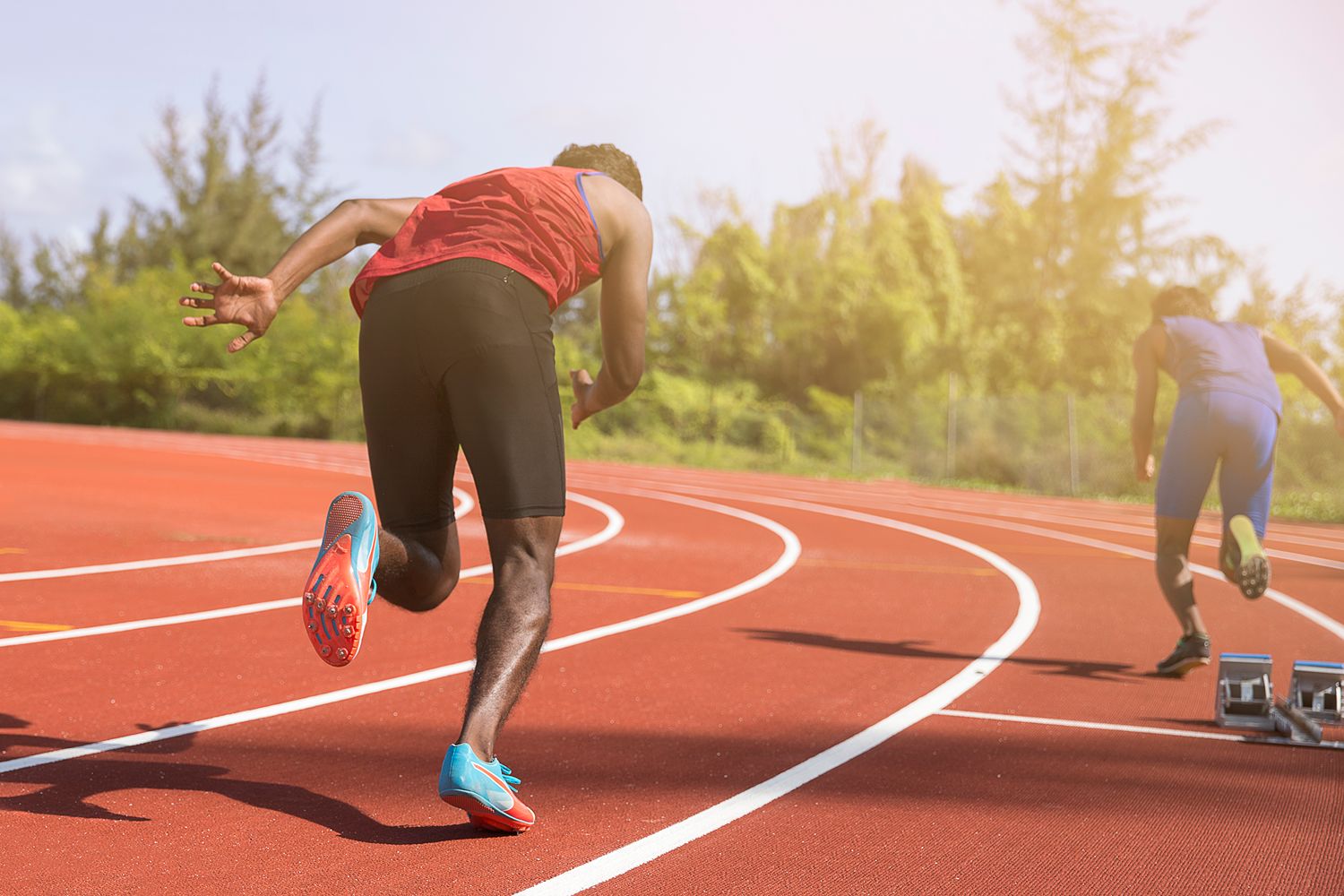
Notice the Signs Before It’s Serious
Runner’s knee can arise from multiple factors, impacting runners and active people alike:
Overuse
Excessive running or jumping, especially on hard surfaces like concrete.
Muscle Imbalance
Weak quadriceps or tight hamstrings that strain the knee.
Poor Running Form
Overstriding or landing heavily on the heels.
Understanding these causes allows Amicare to adapt Treatment for runner’s knee to your lifestyle, whether you’re a competitive runner or a casual walker.
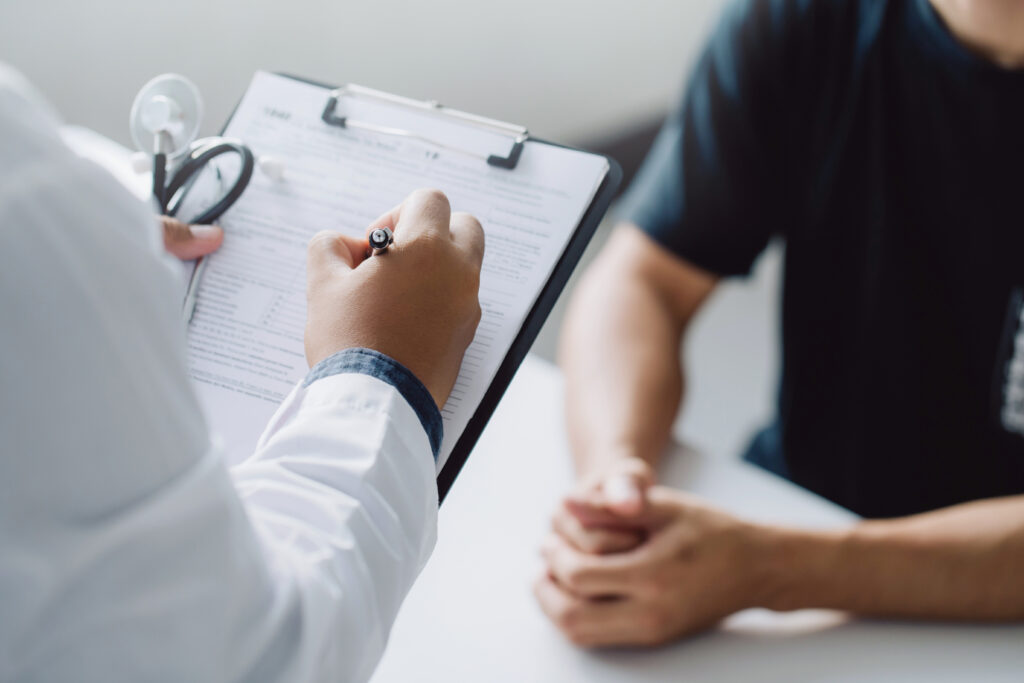
Diagnosis of ACL reconstruction surgery
A detailed diagnosis is crucial for effective Treatment. Our process includes:
- Medical History Review: Exploring your running routine and injury history.
- Physical Exams: Tests like the Q-angle assessment or patellar grind test to check knee alignment.
- Imaging: MRI scans to identify patellofemoral pain syndrome issues, plus X-rays to rule out fractures.
- Functional Assessment: Evaluating how your knee performs during runs or daily tasks.
Amicare’s advanced diagnostics ensure precise runner’s knee treatment for athletes and active individuals across Delhi NCR.
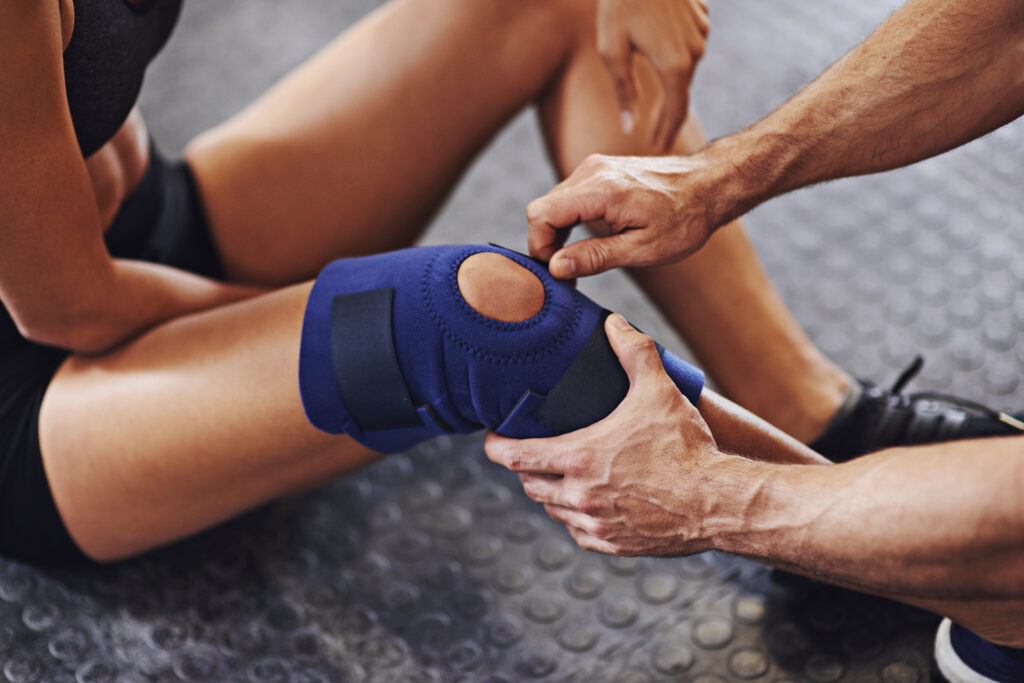
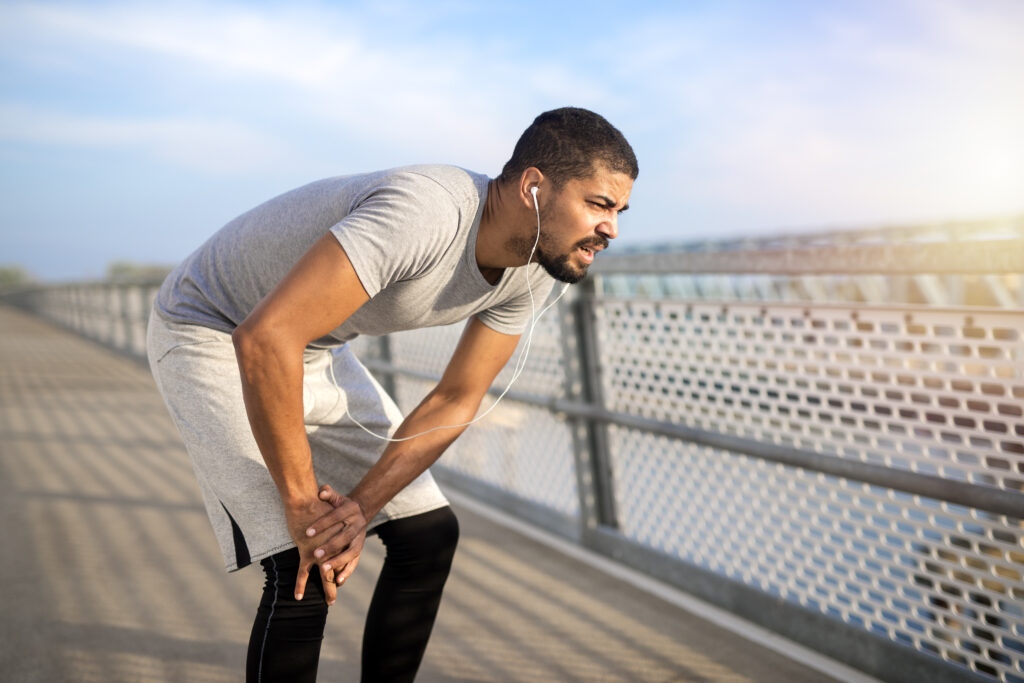
Risks of Delaying Treatment
Ignoring an ACL injury can lead to:
- Chronic knee instability affecting walking or sports.
- Damage to other knee parts, like cartilage or meniscus.
- Early arthritis reduces long-term mobility.
Quick ACL injury treatment is crucial to preventing these issues. Amicare’s expertise in sports injury knee care ensures you get a plan that fits you, whether it’s surgery or other options.
Effective Treatment Options
Amicare offers personalized Runner’s Knee Treatment in Ghaziabad, tailored to the severity of your condition. From mild discomfort to advanced pain, our experts provide accurate diagnosis, effective therapies, and modern techniques to ensure lasting relief. With a focus on individualized care, we help patients restore knee strength, improve mobility, and return to an active, pain-free lifestyle.
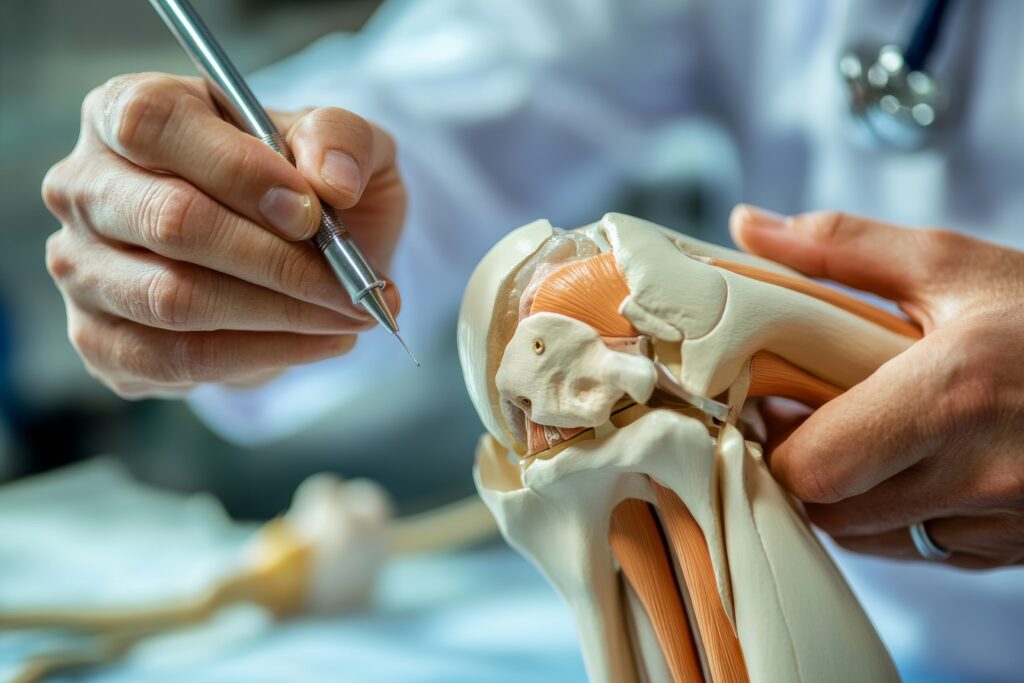
Surgical Treatments
- Arthroscopic Surgery Fixes knee alignment or repairs any damaged spots.
- Procedure Details Takes 1–2 hours with tiny cuts, and we keep the infection risk super low at less than 1% (Amicare, 2018–2025).
- Success About 95% of folks get back to running in 6–12 months.
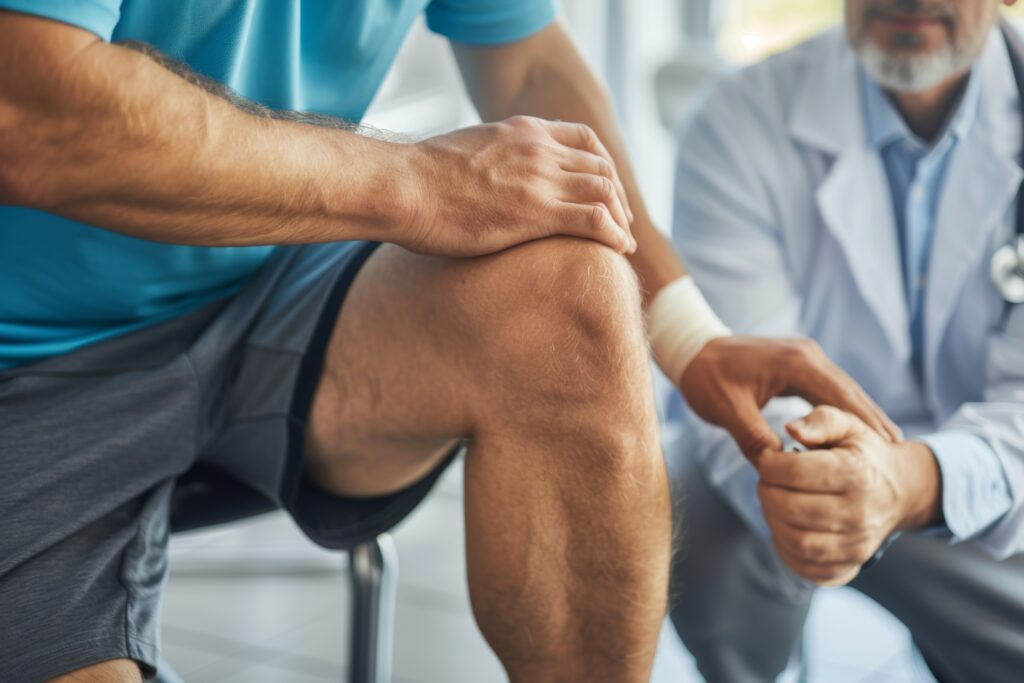
Non-Surgical Treatments
- Physical Therapy Includes runner’s knee exercises like quad stretches and hip strengthening.
- Orthotics Custom shoe inserts to improve foot alignment.
- PRP Therapy Injections to reduce inflammation and support healing.
- RICE Method Rest, ice, compression, elevation for initial relief.
Advanced Runner-Specific Therapies
Amicare offers exercises and strength training programs for patellofemoral pain syndrome to help prevent recurrence. Our team of the best doctors for knee pain also explores options such as bracing or taping to enhance knee stability during recovery.
Why Choose Runner’s Knee Treatment vs. Other Options?
Selecting the best Runner’s Knee Treatment depends on your condition. Here’s a comparison:
Treatment | How It Works | Best For | Recovery Time | Benefits | Limitations |
Arthroscopic Surgery | Fixes misalignment or damage | Significant patellofemoral pain syndrome. | 6–12 months | Long-term relief | Requires surgery |
Physical Therapy | Strengthens muscles with exercises | Mild pain or prevention | 1–3 months | Improves stability | Not a fix for major damage |
PRP Therapy | Reduces inflammation with injections | Early-stage pain | 1–2 months | Non-invasive, quick relief | Less effective for severe cases |
Orthotics | Corrects foot alignment | Runners with flat feet | Ongoing use | Prevents strain | Temporary solution |
Insight: For serious runners with sports injuries, surgery provides long-lasting results, while runner’s knee exercises are ideal for addressing early runner’s knee symptoms. Amicare’s 95% success rate supports your decision-making process.
Recovery After Runner’s Knee Treatment
Recovery from Runner’s Knee Treatment varies by approach. Amicare’s plans include:
Recovery Phases
- Weeks 1–2: Rest with RICE, avoid running, and use pain relief.
- Weeks 3–6: Begin knee exercises and light walking with a brace if needed.
- Months 2–4: Build strength with squats, lunges, and calf raises.
- Months 5–12: Resume running with guided training and knee stretches.
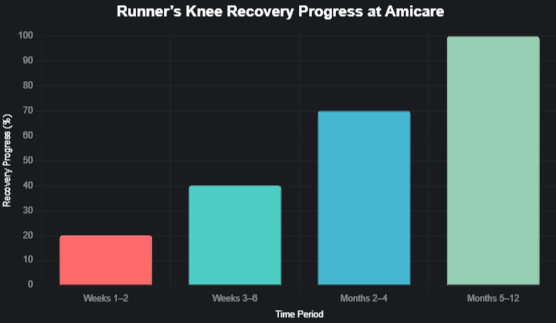
Runner’s Recovery Tips
- Runners: Start with soft surfaces and increase pace gradually.
- Cyclists: Add cycling to rebuild stamina without knee strain.
- Jumpers: Focus on landing techniques to protect the knee.
Long-Term Recovery Strategies
Post-recovery, maintain knee health with weekly yoga or swimming sessions. Amicare offers follow-up check-ins to monitor runner’s knee recovery time and adjust exercises, ensuring you stay active without setbacks.
Why Athletes Trust Our Sports Injury Centre
Amicare Hospital is the leading sports injury centre in Ghaziabad and Delhi NCR, trusted by 750+ athletes for expert Runner’s Knee treatment. Under the guidance of Dr. Himanshu Gupta—globally trained, 1000+ knee procedures, and a 95% success rate—we ensure you recover stronger and faster.

Cost of Runner’s Knee Treatment
Runner’s Knee treatment costs in Ghaziabad vary by injury severity, treatment type, technology used, hospital stay.
The cost of Runner’s Knee Treatment in Ghaziabad varies based on injury severity and treatment approach. Mild cases may be managed with non-surgical options, while severe injuries often require surgery. Robotic-assisted procedures, used for complex cases, can increase costs. A hospital stay of 1–2 days may be necessary, and additional services like therapy or orthotics can add to expenses. Amicare offers transparent pricing and complete support to make treatment manageable.
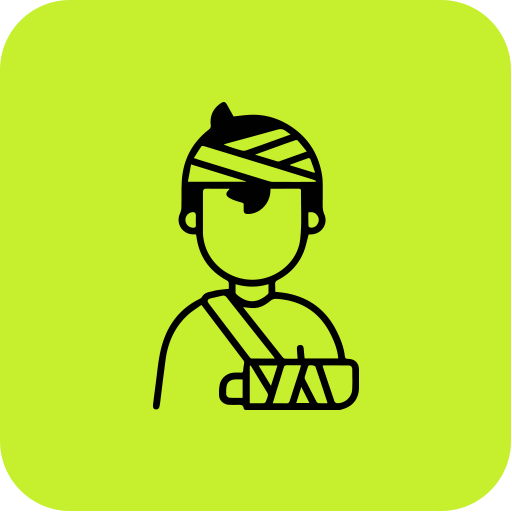
Preventing Runner’s Knee Tips
Prevent runner’s knee Warm up, strengthen legs, run with good form, wear supportive shoes, and take rest days.
Prevent runner’s knee by warming up with 10 minutes of leg swings and stretches before running, strengthening your quads, hips, and calves weekly, and maintaining proper running form with soft landings and a mid-foot strike. Wear supportive shoes, replacing them every 300–500 miles, and take regular rest days to avoid overuse injuries.
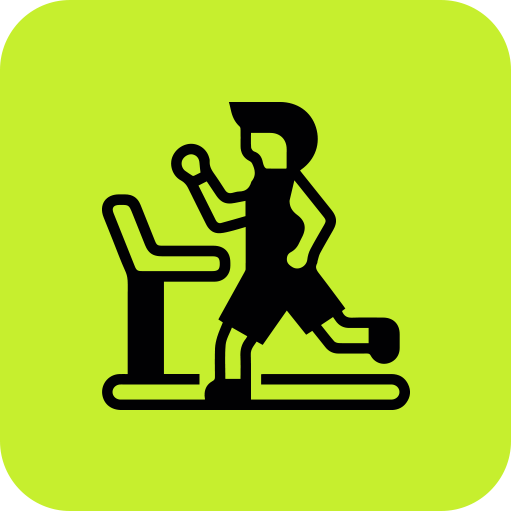
Advanced Prevention Techniques
Do balance drills such as standing on one leg and track running intensity with a GPS watch to keep your knees safe during workouts.
Incorporate balance exercises like single-leg stands and use GPS watches to monitor running intensity, helping to protect your knees during activity.

Cost of Runner’s Knee Treatment
Runner’s Knee treatment costs in Ghaziabad vary by injury severity, treatment type, technology used, hospital stay, and additional services. Amicare offers transparent pricing and complete support.
The cost of Runner’s Knee Treatment in Ghaziabad depends on the seriousness of the injury:
- Treatment Type: Non-surgical options for milder cases, while surgery is needed for more serious injuries.
- Technology: Using robotic surgery, which may be required for complex cases, adds to the overall cost.
- Hospital Stay: A stay of 1–2 days may be necessary depending on the injury’s severity.
- Additional Services: Therapy or orthotics could add to the cost based on the treatment plan. Amicare provides transparent pricing and support to make it manageable for you.
Amicare ensures clear pricing and support.

Preventing Runner’s Knee Tips
Prevent runner’s knee: Warm up, strengthen legs, run with good form, wear supportive shoes, and take rest days.
Prevent runner’s knee with these tips:
- Warm-Ups: 10-minute leg swings and stretches before running.
- Strength Training: Quad, hip, and calf exercises weekly.
- Running Form: Focus on soft landings and a mid-foot strike.
- Footwear: Wear supportive shoes, replaced every 300–500 miles.
Rest Days: Schedule breaks to avoid overuse injuries.

Advanced Prevention Techniques
Do balance drills such as standing on one leg and track running intensity with a GPS watch to keep your knees safe during workouts.
Incorporate balance exercises like single-leg stands and use GPS watches to monitor running intensity, helping to protect your knees during activity.
Frequently Asked Question
Athletes playing sports like football, cricket, or badminton, especially those involving jumping or turning, face a higher risk of ACL injuries. Women and younger athletes may also be more prone due to physical factors like knee alignment.
Expect mild pain, swelling, and limited mobility in the first week. Amicare’s team provides pain relief, ice therapy, and gentle exercises to start recovery. Regular check-ins ensure progress for patients.
ACL injury recovery time typically takes 6–12 months, depending on the injury and your activity level.
The cost of the surgery depends on the type of graft (your own tissue or donor tissue), the surgery method (keyhole or robotic), and the length of hospital stay (usually 1–2 days). Contact Amicare for a personalized cost estimate.
Yes, this surgery replaces the torn ligament with a new one. Amicare’s small-incision methods help lower risks and shorten ACL injury recovery time.
The surgery steps include diagnosing the injury with tests like MRI, choosing a graft, performing keyhole surgery, and following up with rehab. Amicare customizes each step for patients.
Amicare uses modern equipment for knee injury treatment. Further, Dr. Himanshu Gupta, with training in Germany, Singapore, and Japan, has performed over 1000 knee surgeries, ensuring reliable care at our sports injury centre.
